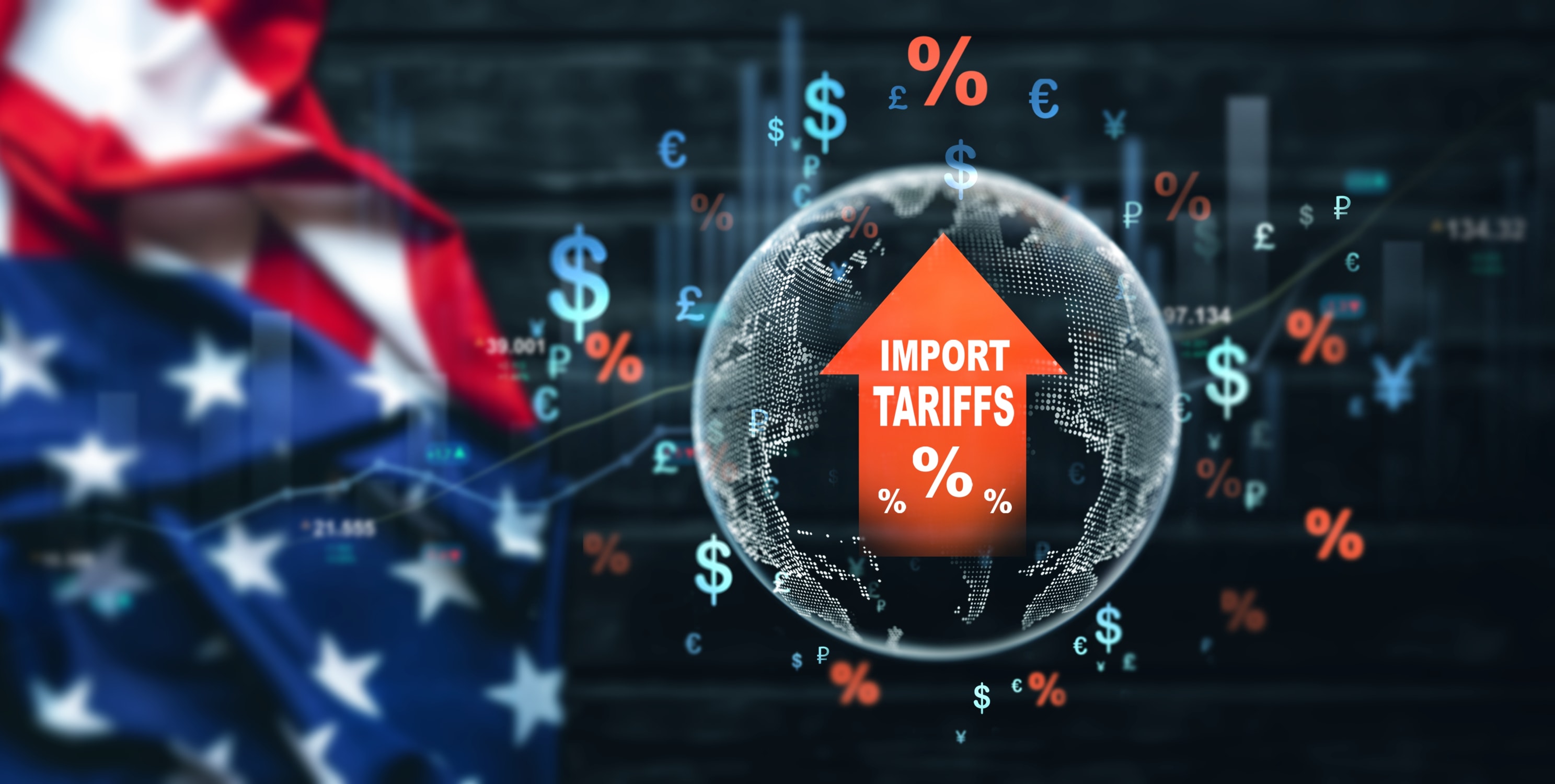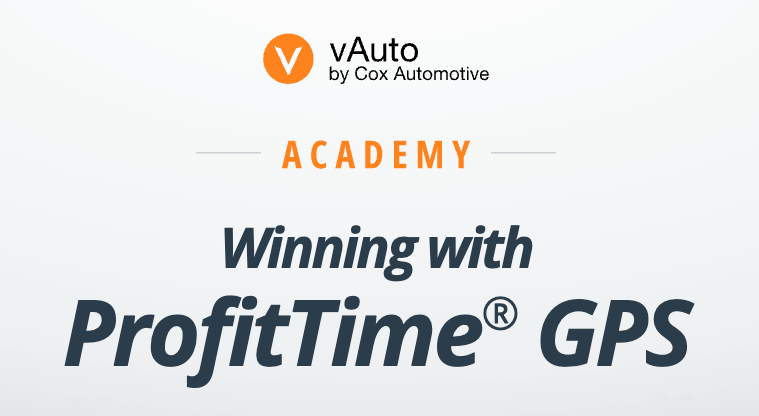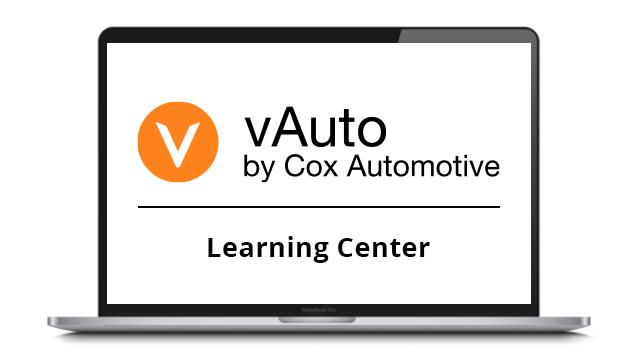In the ever-evolving automotive industry, tariffs have emerged as a significant disruptor, influencing both new and used car markets. As we navigate these turbulent times, understanding the key factors that affect inventory availability and profitability is crucial for dealers. This article delves into the complexities of automotive tariffs and their effects on new and used car inventory, acquisition strategies, and overall profitability, drawing insights from industry experts and recent discussions.
The Tariff Landscape
Tariffs, essentially taxes imposed on imported goods, have become a hot topic in the automotive sector. The recent announcements and expectations of tariffs have created a buzz and a strong surge in late March of new and used vehicle sales. Further ahead, however, dealers and manufacturers are trying to gauge their potential impact. A near-universal expectation: Prices of new and used vehicles will continue to rise, just as they largely have since the initial tariff announcements.
Impact on New Car Inventory
Analysts expect tariffs may crimp supply of new vehicles, given that 50 percent of retail sales

in the U.S. are import vehicles that face tariffs, and many other vehicles include parts imported from countries that could be affected if the parts tariff takes effect. Manufacturers face the challenge of deciding how to absorb or pass on these additional costs. Some may choose to spread the cost across their entire range of vehicles, while others might focus on specific models. This decision-making process can lead to fluctuations in new car prices, affecting consumer demand and dealer strategies.
A key for dealers: Tagging tariff-impacted new vehicles to delineate them from other inventory that may not see the cost impact of tariffs as much, if at all. Likewise, it’ll be important for dealers to continue to turn their inventory to earn allocations and mitigate the profit-draining impact of high floorplan expense.
Challenges in Used Car Inventory
The used car market is not immune to the ripple effects of tariffs. As new car prices potentially rise due to tariffs, consumers may shift their focus to used cars, increasing demand in this segment.
Says Patrick Janes, associate vice president for Cox Automotive and vAuto: “The minute you introduce sensitivity around affordability, such as tariffs for new cars, you might suddenly see a shift into the used car market. Unfortunately, we have significant challenges in supply in the used car market.”
The supply constraints flow from the lingering effects of the COVID-19 pandemic, the dramatic reduction in new vehicle lease activations and relatively strong demand for available used vehicles. This imbalance between supply and demand is already driving up wholesale and retail prices, making it challenging for dealers to maintain a profitable inventory.
A key for dealers: Keeping a close eye on live market demand/supply data to know if a vehicle’s price position is aligned to the current market, in the competitive position you prefer to achieve your gross and/or volume objectives.
Acquisition Strategies
With the supply-constrained used vehicle environment, acquisition strategies become more critical than ever. Dealers need to be proactive and innovative in sourcing inventory. Traditional methods, such as auctions, remain important, but there is a growing need to explore non-traditional channels to find more profit-favorable inventory. Utilizing live market insights and real-time consumer data can help dealers identify and acquire the right inventory at competitive prices from customers who, thanks to awareness of vehicle values, are often clear-eyed about their vehicle’s value.
A key for dealers: Adopting a multi-channel sourcing strategy that taps acquisition opportunities from your service customers and your local market through private party listings.
Profitability Considerations
While March proved to be a healthier month than other recent months in terms of profitability, industry analysts expect dealership profitability may be challenged if the economic impacts of tariffs—higher costs for consumer goods, high interest rates and diminished investment portfolios—cause a reduction in retail demand. Some have compared the current environment to 2021 and 2022, when dealers emerged from the pandemic and achieved record-high profitability while selling fewer new and used vehicles overall.
A key for dealers: Optimize your marketing efforts to ensure they target the right consumers with the right vehicles in the right places. Personalizing the consumer experience and utilizing data-driven insights can enhance vehicle display page (VDP) views and lead conversions. Additionally, maintaining a balanced approach to pricing and inventory turnover is essential to navigate the challenges of margin compression and affordability concerns.
Conclusion
The automotive industry is no stranger to disruption, and tariffs are the latest challenge dealers must face. By understanding the impact on new and used car inventory, refining acquisition strategies, and focusing on profitability, dealers can turn these challenges into opportunities. As always, staying informed and adaptable will be key to thriving in this dynamic market.
For more insights and strategies, tune into our latest podcast and learning series, where industry experts share their perspectives on navigating the current landscape.
















